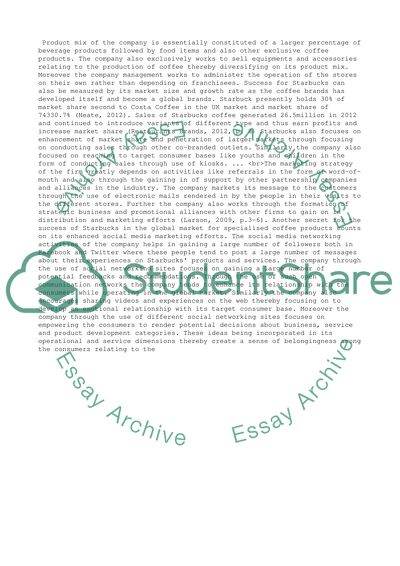Cite this document
(“Strategic Management and Leadership Assignment Example | Topics and Well Written Essays - 3000 words”, n.d.)
Retrieved from https://studentshare.org/business/1403436-strategic-management-and-leadership
Retrieved from https://studentshare.org/business/1403436-strategic-management-and-leadership
(Strategic Management and Leadership Assignment Example | Topics and Well Written Essays - 3000 Words)
https://studentshare.org/business/1403436-strategic-management-and-leadership.
https://studentshare.org/business/1403436-strategic-management-and-leadership.
“Strategic Management and Leadership Assignment Example | Topics and Well Written Essays - 3000 Words”, n.d. https://studentshare.org/business/1403436-strategic-management-and-leadership.


